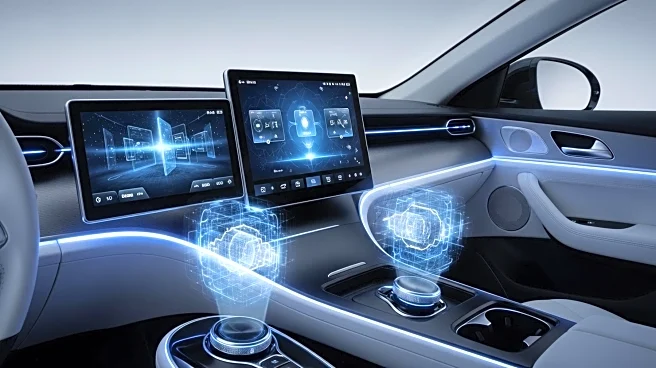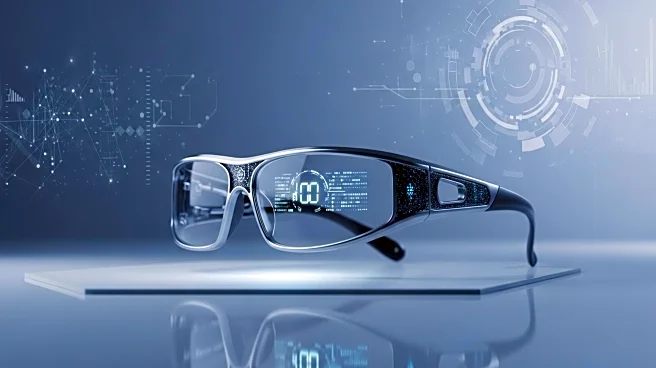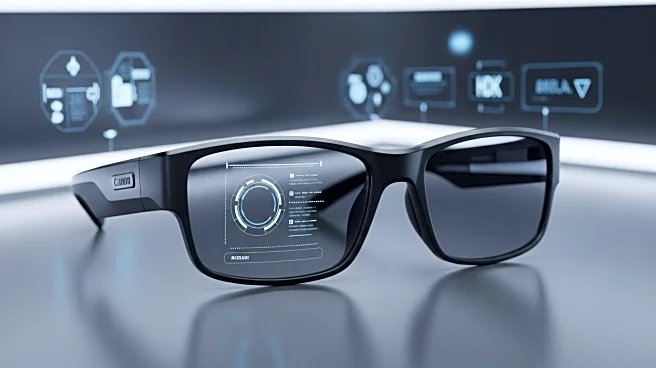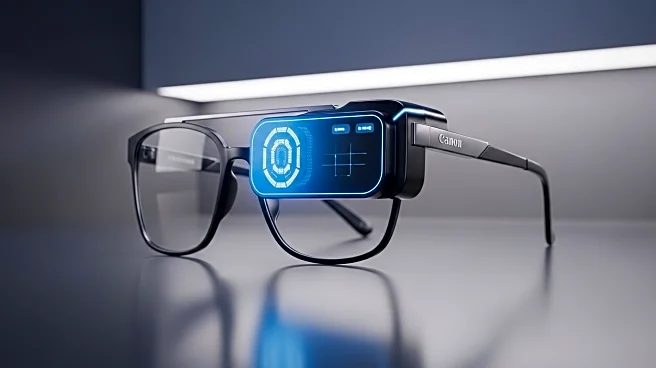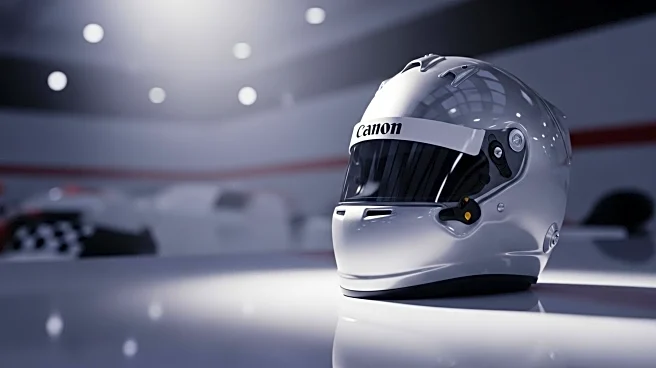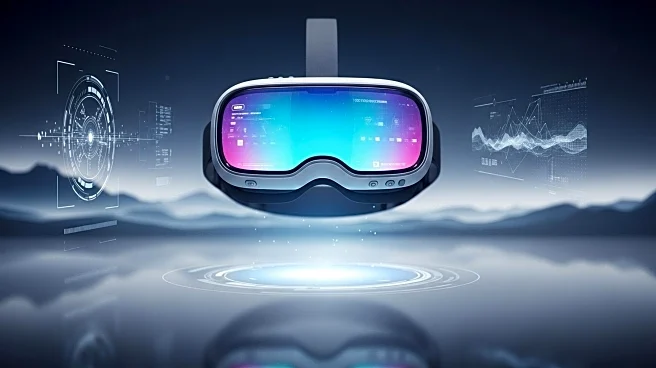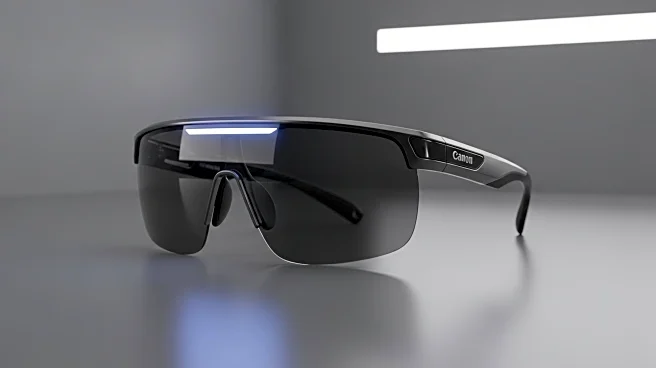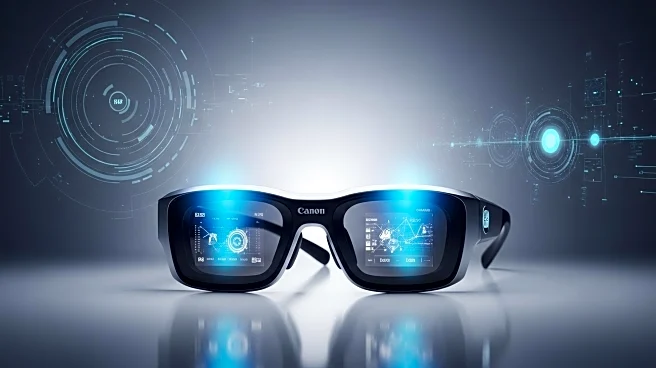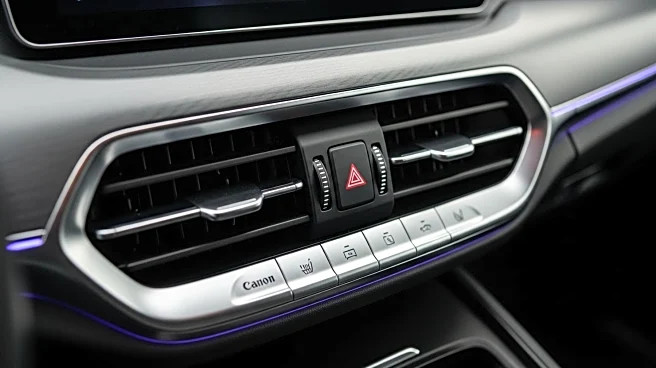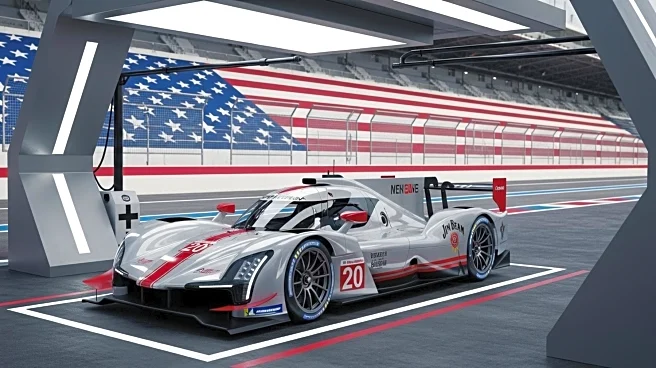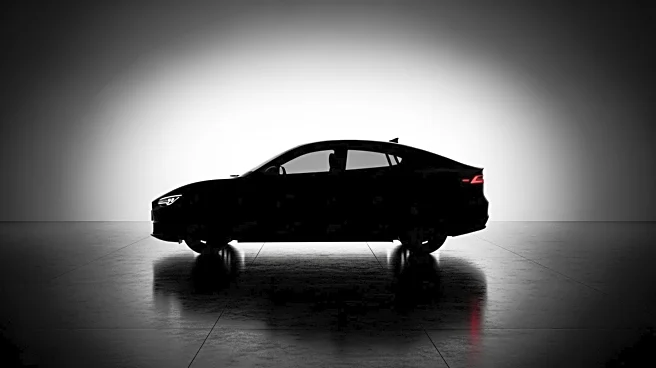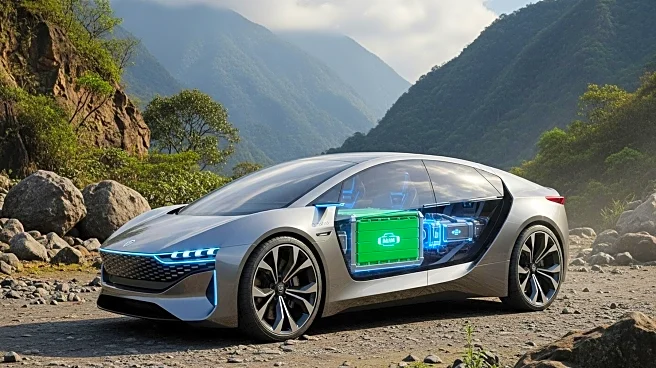What is the story about?
What's Happening?
Hyundai's design chief, Simon Loasby, is challenging the automotive industry's reliance on touchscreens in vehicle interiors. In a recent interview, Loasby questioned the necessity of screens, suggesting that consumers prefer physical buttons for frequently used functions like volume control and seat heating. Hyundai's Concept Three vehicle reflects this philosophy, featuring a minimalist design with small screens and physical buttons. This approach aims to reduce driver distraction and enhance safety by keeping drivers focused on the road rather than navigating complex menus.
Why It's Important?
Hyundai's exploration of screenless interiors represents a significant shift in automotive design, potentially influencing industry trends. As automakers seek to balance technology integration with user experience, Hyundai's approach could lead to safer, more intuitive vehicle interfaces. This shift may also impact the development of voice controls and augmented reality displays, as manufacturers explore alternatives to traditional touchscreens. The move towards simpler, button-based controls could resonate with consumers seeking less distraction and greater ease of use in their vehicles.
What's Next?
Hyundai will continue to refine its design philosophy, potentially influencing future vehicle models and industry standards. The company may collaborate with technology firms to develop advanced voice control systems and augmented reality displays as alternatives to touchscreens. Other automakers, like Cadillac, are also exploring similar concepts, indicating a broader industry trend towards reimagining vehicle interiors. Hyundai's commitment to safety and user experience will likely drive further innovation in automotive design.
Beyond the Headlines
The shift away from touchscreens highlights broader questions about technology's role in everyday life and its impact on human behavior. As consumers become increasingly aware of the potential distractions posed by screens, automakers must balance technological advancements with user safety and comfort. This trend may also influence other industries, prompting a reevaluation of how technology is integrated into products and services. Hyundai's approach underscores the importance of human-centered design in creating intuitive and safe user experiences.
AI Generated Content
Do you find this article useful?
